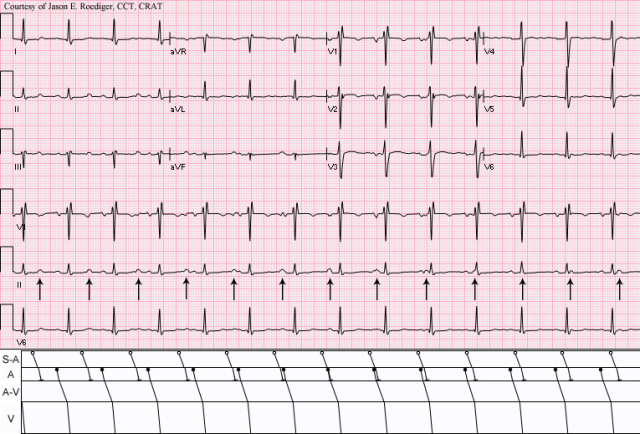I keep a little, ever-expanding note on my phone where I jot down little morsels of goodness that I pick up while listening to or reading one of the many excellent sites/podcasts in the useful resource section. They’re useful in a kind of “board review” way. I tend to skip the really basic stuff and try and focus on what I didn’t know.
I’ll try and transfer them here for your enlightenment.
- 5 year survival about 75%
- most common ED complaints are fever, SOB, GI probs, chest pain
- baseline tachycardia is normal as no vagus innervation to the transplanted heart
- patient has no pericardium but due to scarring clinical tamponade can still develop
- chest pain is rarely related to ischaemia as heart is denervated (most anginal pain is probably sympathetically mediated and the sympathetic plexi around the heart would have been disconnected at transplant)
- however ischaemia is common as atherosclerosis is accelerated in the graft. Often presents as CHF or arrhythmia.
- CMV is a risk factor for accelerated atherosclerosis.
- ECG Often demonstrates two p waves. One is from native sinus node (which is often left in place as it lies in the post RA) and the other is from the donor SA node. The donor p wave is the one that should conduct.

- rarely a heterotropic transplant is done where the the native heart remains in entirety in the chest. The ECG in this scenario is understandably bizarre.
Reference:
Rosen 7th Edition p2369-70

Pingback: Heart Transplants | EMchatter
Pingback: The LITFL Review 132 - LITFL